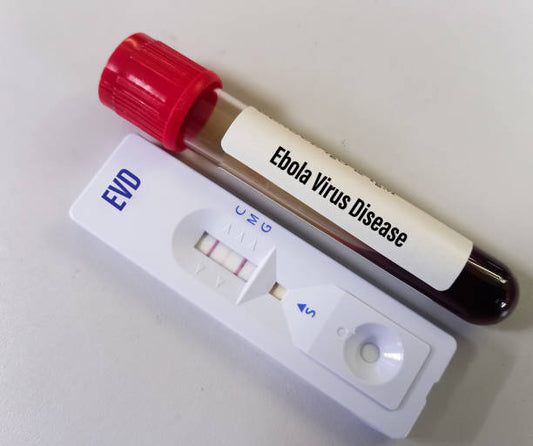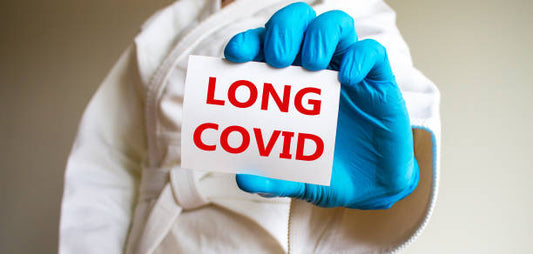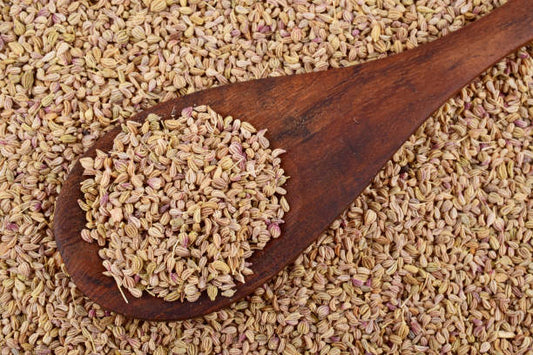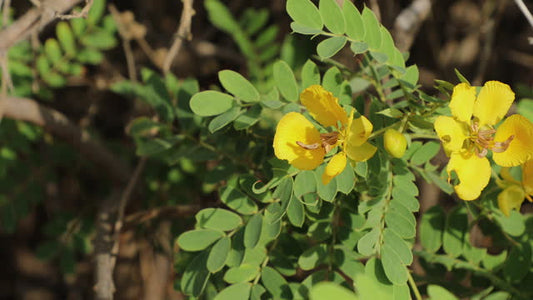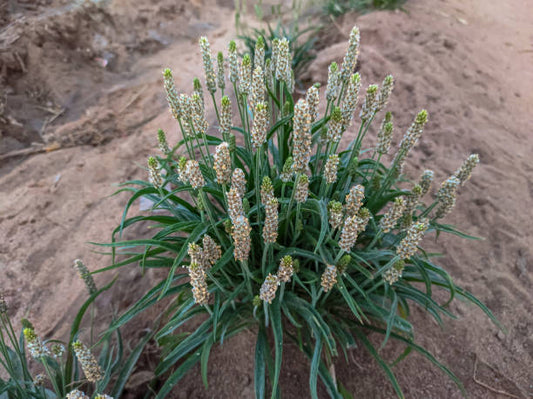Introduction
Parkinson’s disease is a condition that affects the brain and causes problems with movement. It usually starts with a slight tremor in one hand but can lead to other symptoms as well. This guide will help you understand what Parkinson’s disease is, what causes it, and how it can be managed.

What is Parkinson’s Disease?
Parkinson’s disease is a disorder that happens when the brain doesn’t produce enough of a chemical called dopamine. Dopamine helps control how our muscles move. Without enough dopamine, it becomes harder for the brain to send the right signals to the muscles, which leads to problems with movement.

Common Symptoms of Parkinson’s Disease
- Tremors: Shaking usually starts in the hands or fingers, even when you’re at rest.
- Slow Movement: Simple tasks like getting out of a chair or walking can become slow and difficult.
- Stiff Muscles: Muscles can feel tight and make it hard to move around.
- Balance Problems: You might feel unsteady and be more likely to fall.
- Changes in Speech: Your voice may become softer or you might speak more slowly.
- Small Handwriting: Writing might become difficult, and your letters may get smaller and harder to read.
What Causes Parkinson’s Disease?
The exact cause of Parkinson’s isn’t fully understood, but it’s thought to be a mix of genetic and environmental factors:
- Genetics: Some people inherit a higher risk of developing Parkinson’s.
- Environment: Exposure to certain chemicals, like pesticides, might increase the risk.
How is Parkinson’s Disease Diagnosed?
There’s no single test for Parkinson’s. Doctors diagnose it based on your symptoms and medical history. They might also do some tests to rule out other conditions that could be causing your symptoms.
How is Parkinson’s Disease Treated?
While there’s no cure for Parkinson’s, treatments can help manage the symptoms:
- Medications: Medicines like Levodopa help increase dopamine levels and improve movement.
- Exercise: Regular physical activity can help improve flexibility, balance, and strength.
- Therapy: Physical and speech therapy can help manage movement and communication issues.
- Surgery: In some cases, surgery like Deep Brain Stimulation (DBS) can help reduce symptoms.
Living with Parkinson’s Disease
Living with Parkinson’s can be challenging, but many people continue to enjoy a good quality of life. It’s important to stay active, eat well, and seek support from healthcare professionals, family, and friends.
Conclusion
Parkinson’s disease is a condition that affects movement, but with the right care and support, its symptoms can be managed. If you notice any signs of Parkinson’s, like tremors or slow movement, it’s important to see a doctor to get the help you need.








